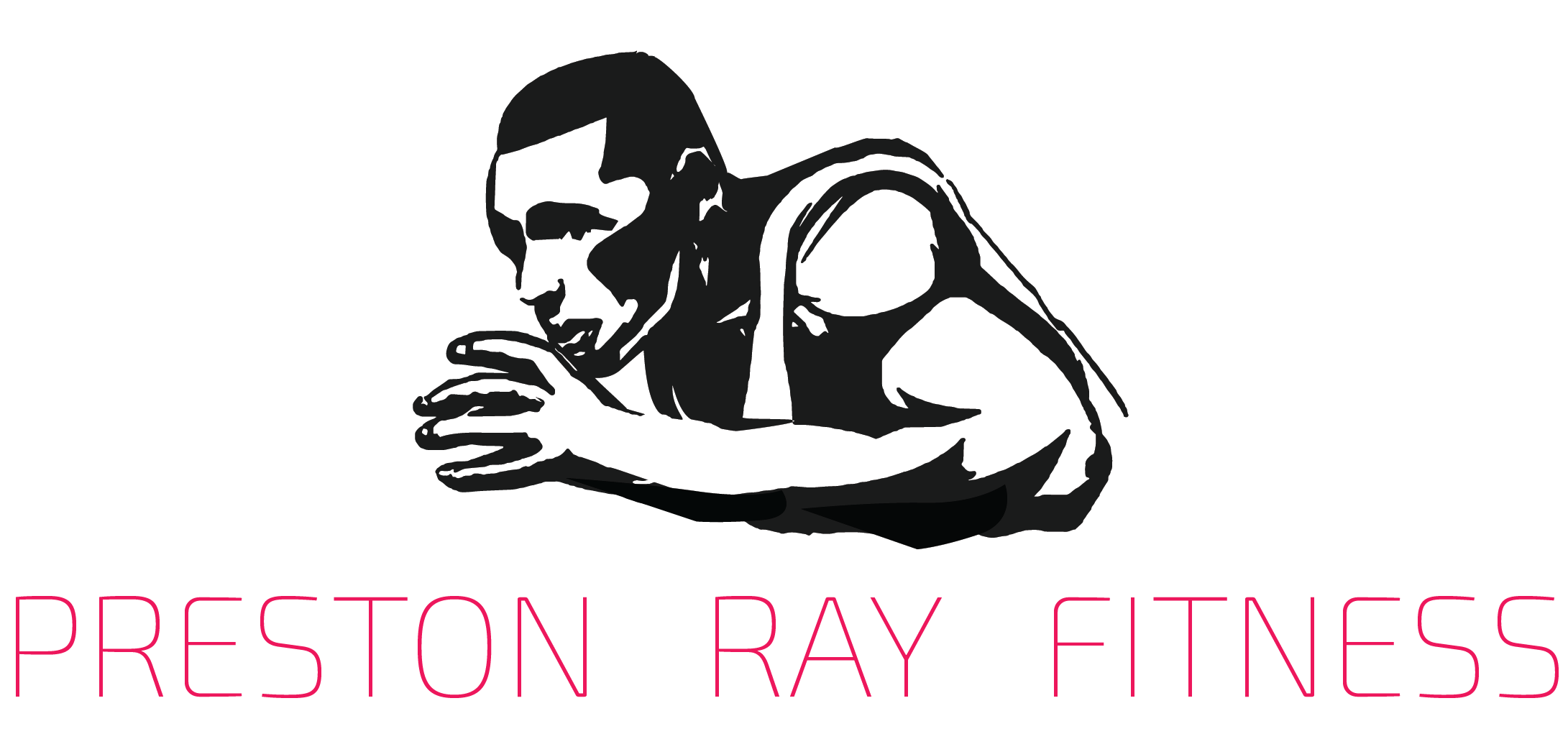Dr. Heidi Haavik of New Zealand comes from a family of doctors. Her parents were doctors and her great-grandfather was one of the first graduates of Palmer College, which is Chiropractic’s founding college, in the early 1920’s. So, it is not surprising that Heidi has such an affinity for chiropractic care, and has spent her entire adult life as a chiropractor. In the last 15 years Heidi and her research team have been studying chiropractic care with an emphasis on neurology and their findings are the centerpiece of The Reality Check.
The Reality Check is a short and easy read about one of the most confusing and controversial issues in chiropractic medicine. The brainchild of Dr. Heidi Haavik and her research team in New Zealand, The Reality Check seeks to explain “subluxations,” or spinal dysfunction. And its thesis, written from a neuroscientific point of view, is to help us better understand why this condition wreaks so much havoc on the body.
A fancy term for “spinal dysfunction,” subluxations were once thought to be bones that were “out of place” or “stuck.” However, this old-school way of defining subluxations is no longer true, according to modern-day scientists. “A better explanation,” says Dr. Haavik is that “some of the small muscles that attach to individual vertebrae have become tight…the tight muscles twist the vertebrae so that certain parts of the vertebrae are more prominent and palpate as ‘misaligned’ or ‘stuck.’” When we visit a chiropractor, we are seeking a spinal adjustment to fix these subluxations.
For many of us, we notice certain improvements in the body when these adjustments are made. Greater range of motion, improved core strength, and even loss of pain, to name a few. So, what is actually happening in the body to make these sorts of “hocus pocus” changes occur?
According to Dr. Haavik and her team, it all has to do with what happens inside your brain when these corrections or “adjustments” are made to these subluxations. And what Haavik and her team are reporting after almost two decades of research is that the brain is receiving stronger signals from the spinal cord and peripheral nervous system thus allowing better motor control and timing amongst opposing muscle groups.
While subluxations and the brain are the main reasons for writing The Reality Check, I picked up a lot of information along the way about pain, muscles and anatomy that helped me understand the human body better. With so many opinions floating around on chiropractic care, a little briefing from The Reality Check sure did help clear the air. I never imagined myself reading a book on chiropractic care much less one that included information in regards to the nervous system, but sometimes you must think and act like a chiropractor to expand your mind and body.
“To become a chiropractor is to step away from acceptance and comfort of mainstream medicine, and to step into the firing line with knowledge that if you don’t, and others don’t, the world will be worse off.” -Dr. Heidi Haavik


Recent Comments